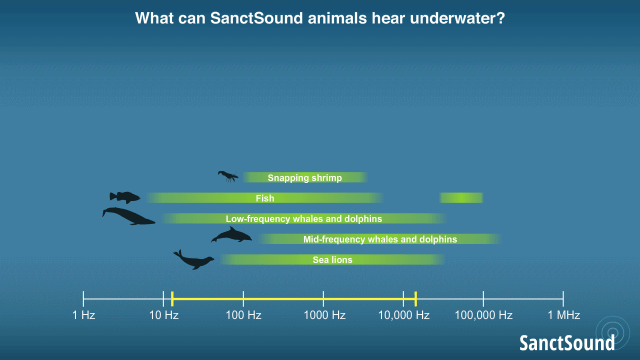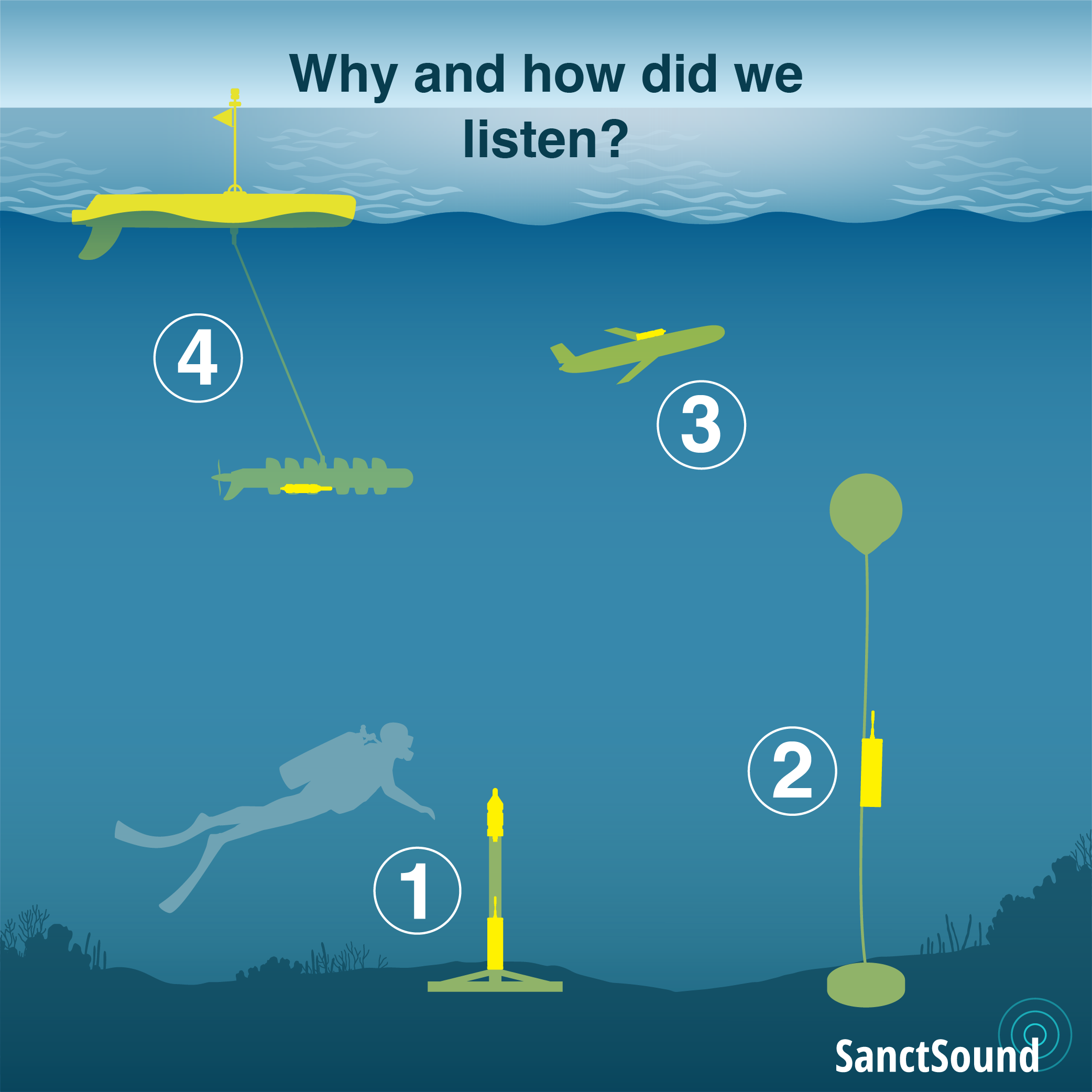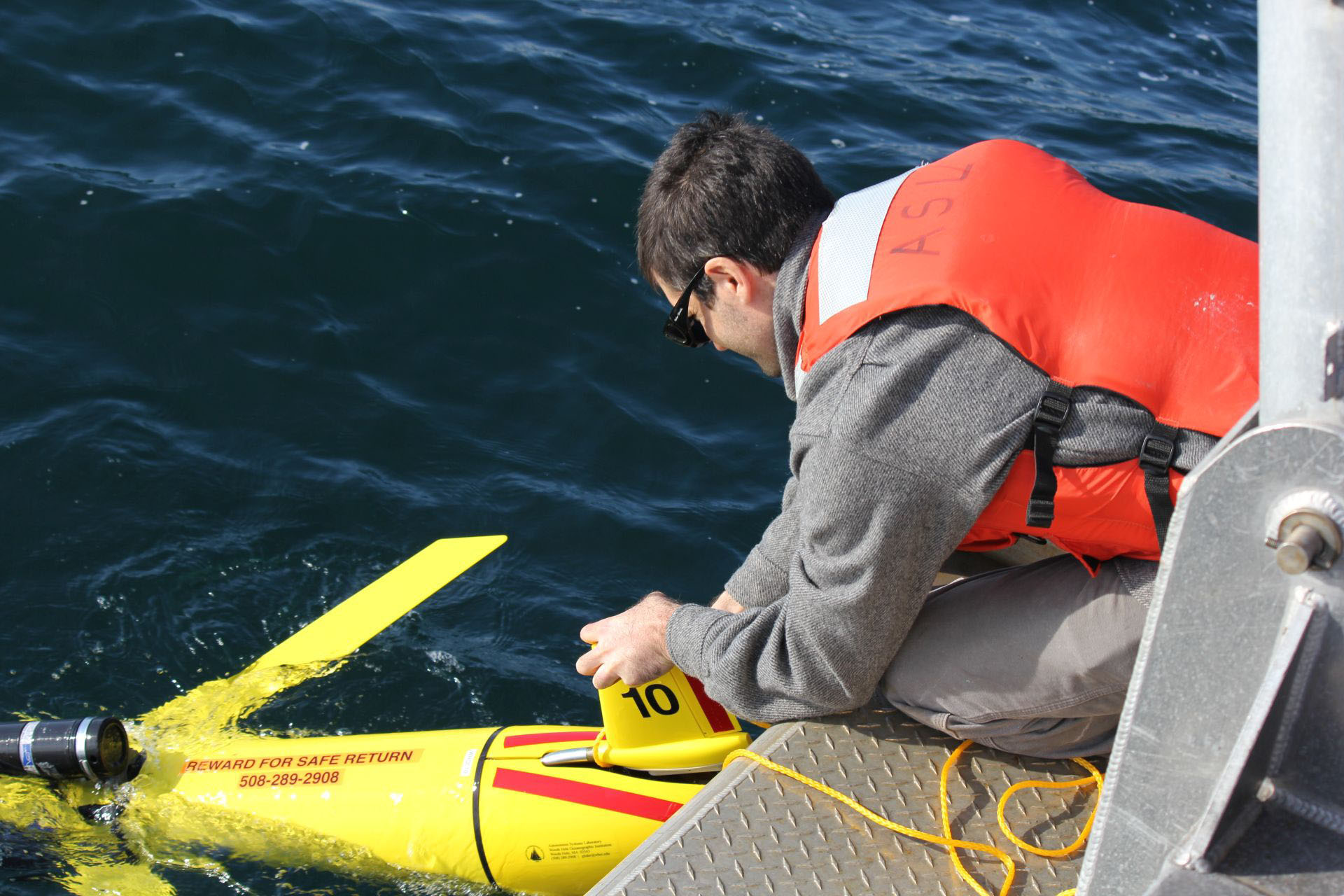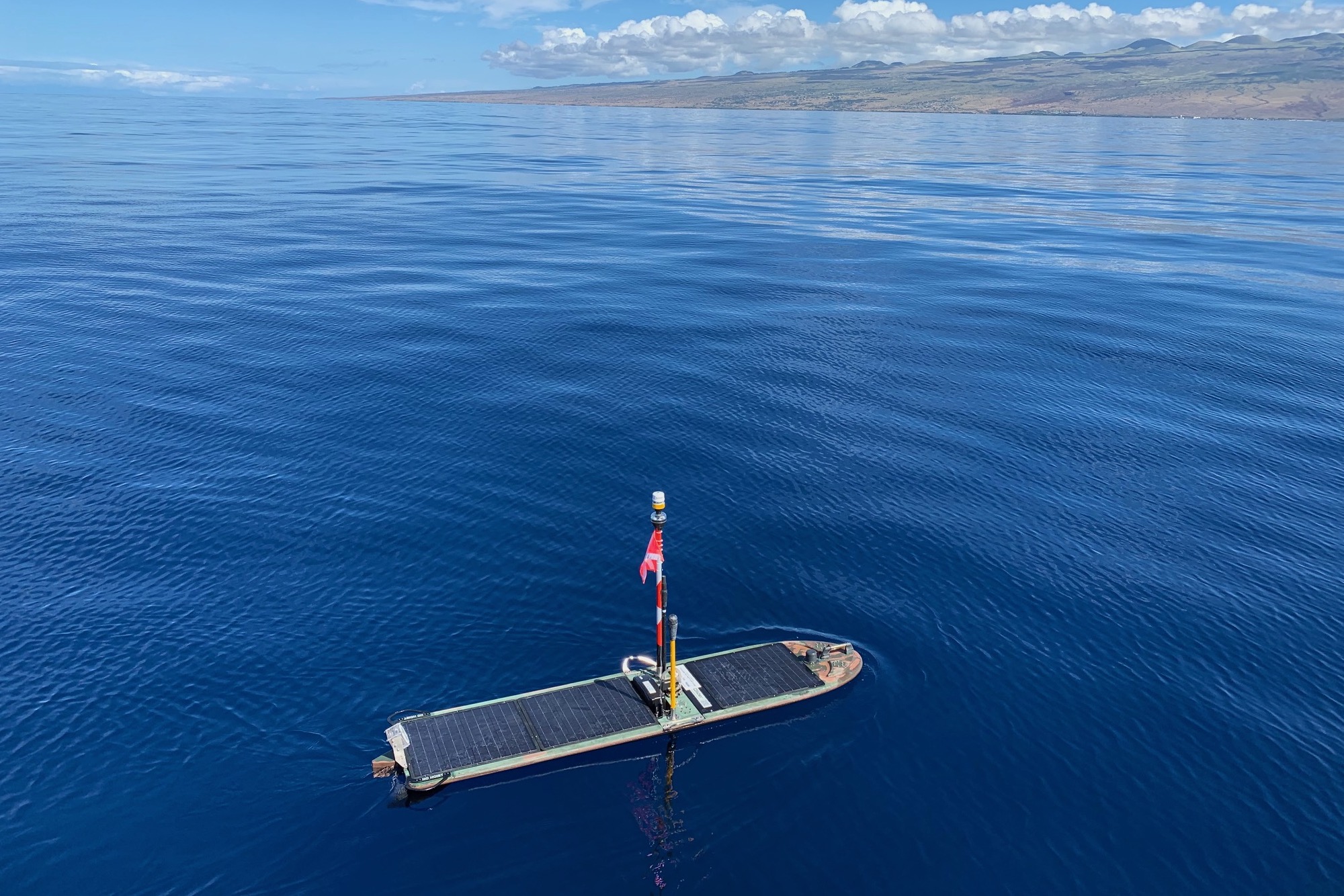Why and how did we listen?
Have you ever tried to explain to a friend how noisy it was in a new, bustling restaurant? Or how silent it was during a hike in the wilderness? It is common to make comparisons in order to make your point: “it was louder than a fireworks show” or “it was as quiet as our campsite in the middle of the night.” How do we ensure that such comparisons are accurate when made across marine protected areas hundreds of miles away from each other?
The goal of the SanctSound project was to understand how sound varies in the ocean by collecting the same information in national marine sanctuaries around the United States. To do this, 30 locations within seven national marine sanctuaries and one marine national monument were selected to have sound recording devices placed in them so scientists could listen to the ocean, as continuously as possible, over a period of three years.
We programmed all SanctSound recorders to collect information over the same range of frequencies or pitches - from 20 Hertz (low pitch) to 24,000 Hertz (high pitch). For reference, people hear sounds in air that range from 20 to 20,000 Hertz. The hearing systems of marine animals are tuned to hear specific sounds transmitted through water.
In some cases, human-made sounds can interfere with the ability of animals to hear important signals underwater. One goal of the SanctSound project was to improve our understanding of where and when this is happening in sanctuaries, and what methods might be used to reduce interference that is causing harm or disruption.

This animation shows how the hearing abilities of animals that we focused on during the project (green bars) overlap with the types of physical sounds (purple) and human-made sounds (orange) that we recorded. There are more sound-producing human activities and more sanctuary animals that use or produce sound than are depicted here. The yellow bar indicates the hearing range of humans in air as well as the range of frequencies that were recorded by SanctSound hydrophones.
We used the same recording equipment at all of our locations. Although data collected by different equipment can be adjusted to allow results to be compared, we minimized the need for adjustments by using recorders with similar performance. The measurements that you will discover through this portal have all been calibrated, which means they have been adjusted to account for differences in performance between recorders. This approach allows us to compare recordings among locations, and to know that the differences and similarities we see reflect the conditions of the acoustic environment.

SanctSound had two main approaches for deploying sound recording equipment: a mooring maintained by divers (1) and a mooring with a release and float system deployed and retrieved from a research vessel (2). In a few special cases, the project also attached sound recording equipment to a diving autonomous underwater vehicle (3) and a surface autonomous vehicle powered by waves (4).
At each SanctSound location, sound was recorded using an underwater microphone (also known as a hydrophone) placed near the seafloor. Periodically we retrieved the instruments to download the recordings and refresh the batteries. Regular maintenance of recording equipment using these methods supported continuous collection of sound information at each location.
At shallower recording locations, like those in Florida Keys National Marine Sanctuary, equipment was placed and retrieved by divers. Photo Credit: NOAA.
At deeper recording locations, such as those in Olympic Coast National Marine Sanctuary, equipment was deployed over the side of sanctuary research vessels and allowed to sink to the seafloor using an anchored mooring line. Each mooring line had a release system between the recording equipment and anchor to remotely release the gear for recovery. After release, the recording equipment rose to the surface and was picked up by scientists on the research vessel. Video Credit: NOAA.
Although most of SanctSound’s listening took place at specific locations, autonomous underwater vehicles also known as “gliders” were also used to collect sounds for shorter periods of time in Stellwagen and Gray’s Reef national marine sanctuaries and in the Papahānaumokuākea Marine National Monument. These vehicles were programmed to swim on particular paths over periods of weeks, collecting sounds and other types of data.

Read more about the use of these torpedo-shaped gliders that dive up and down listening for whales and other species in Stellwagen Bank National Marine Sanctuary. Photo Credit: NOAA.

Read more about the use of these wave gliders that resemble surf boards as they listen for whales and other sounds in the Papahānaumokuākea Marine National Monument. Photo Credit: Jupiter Research.
